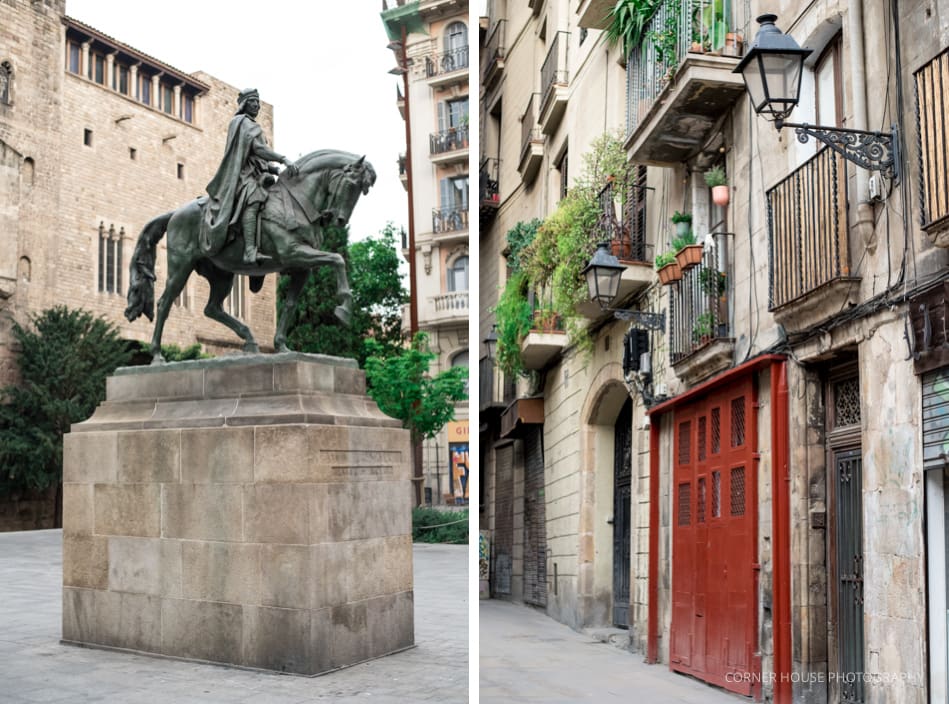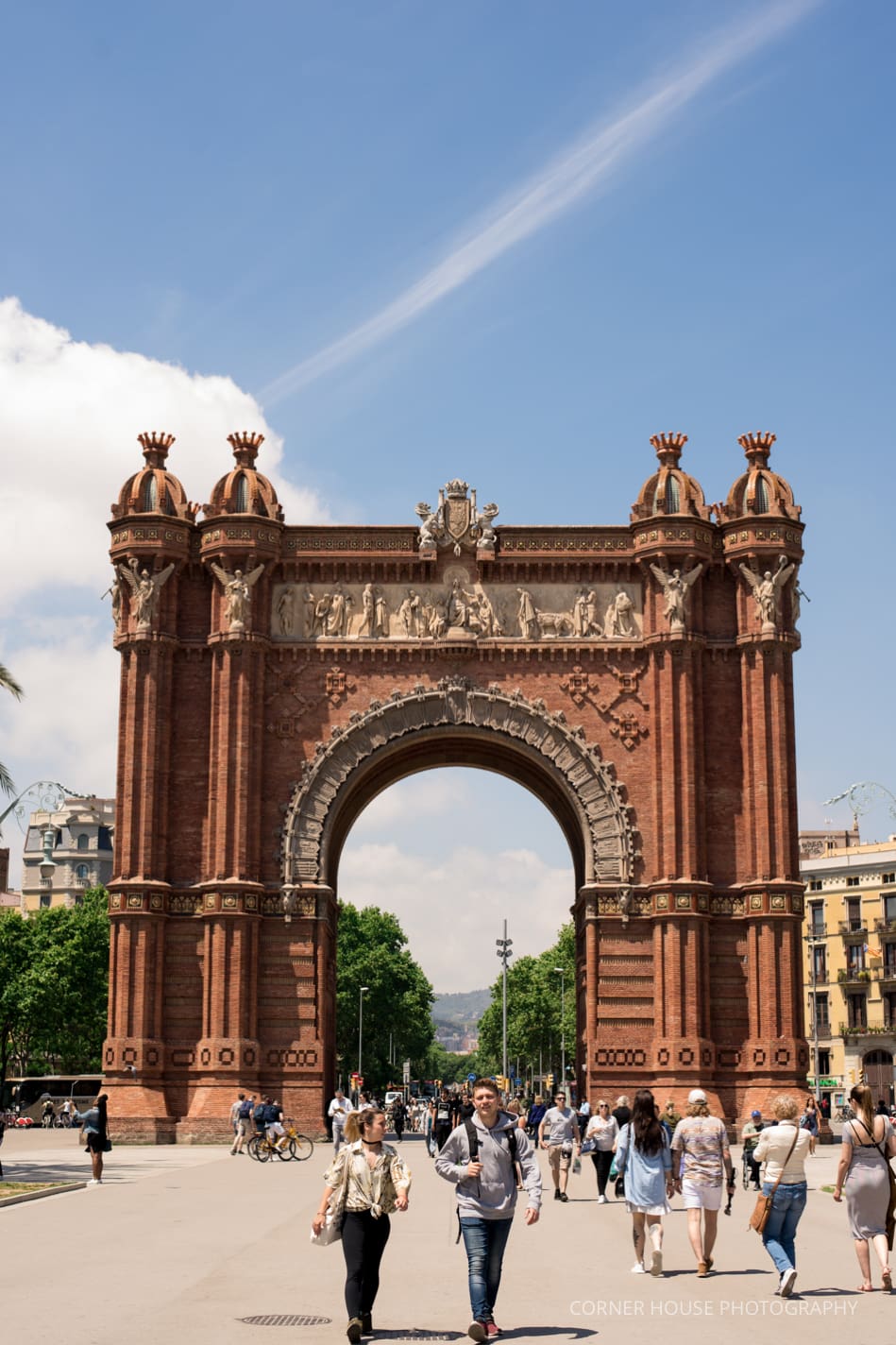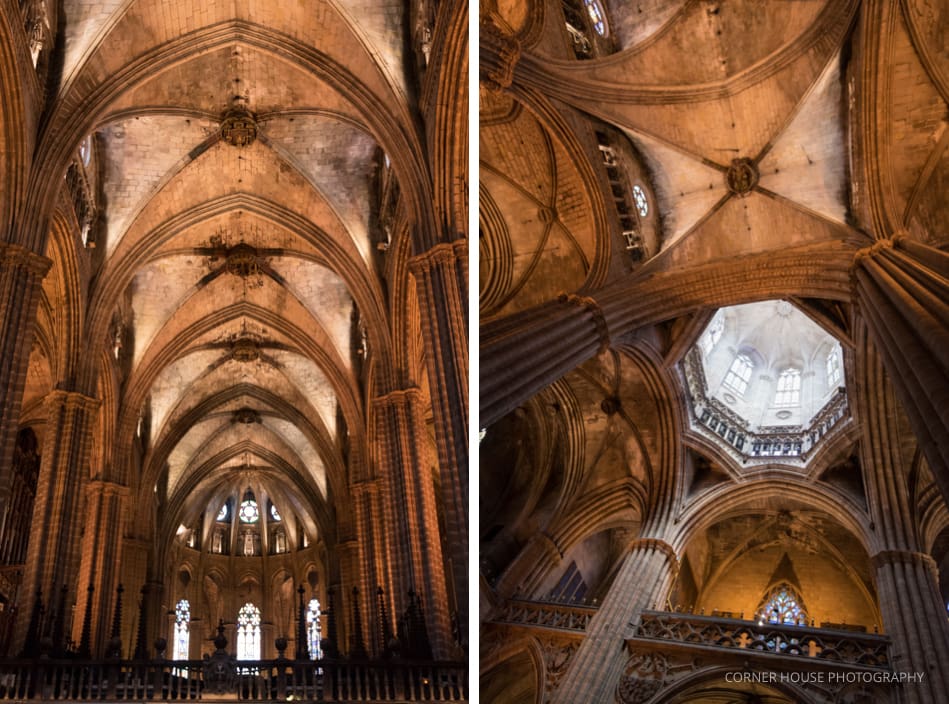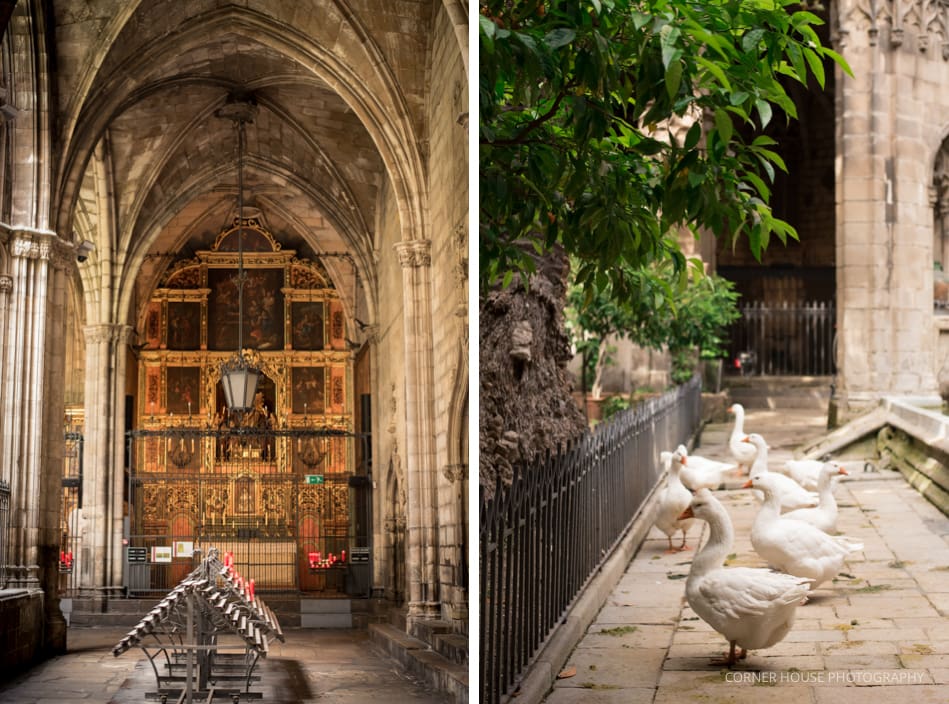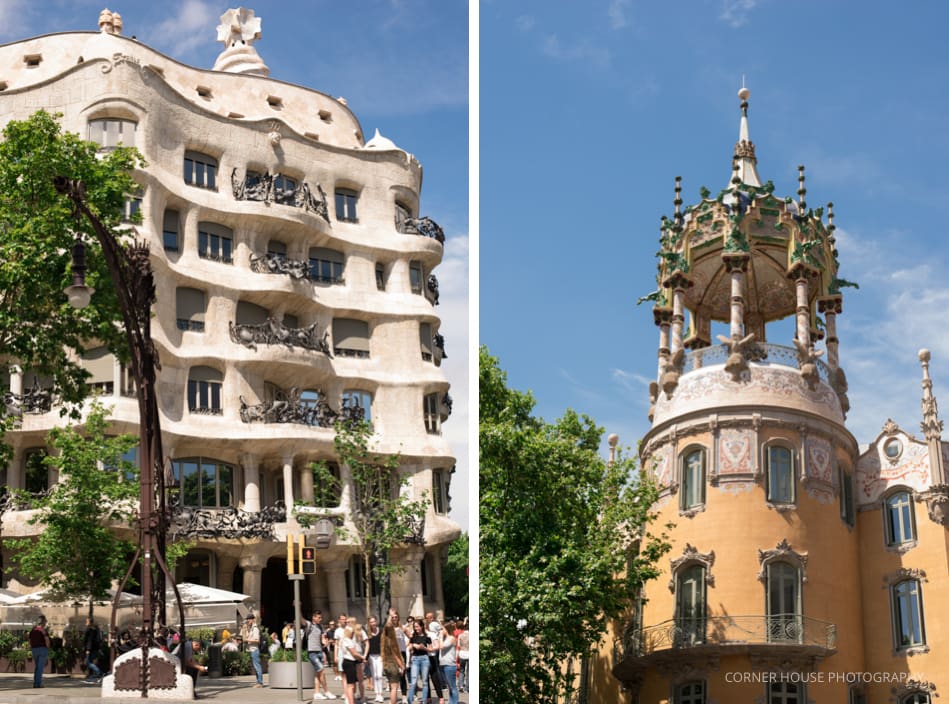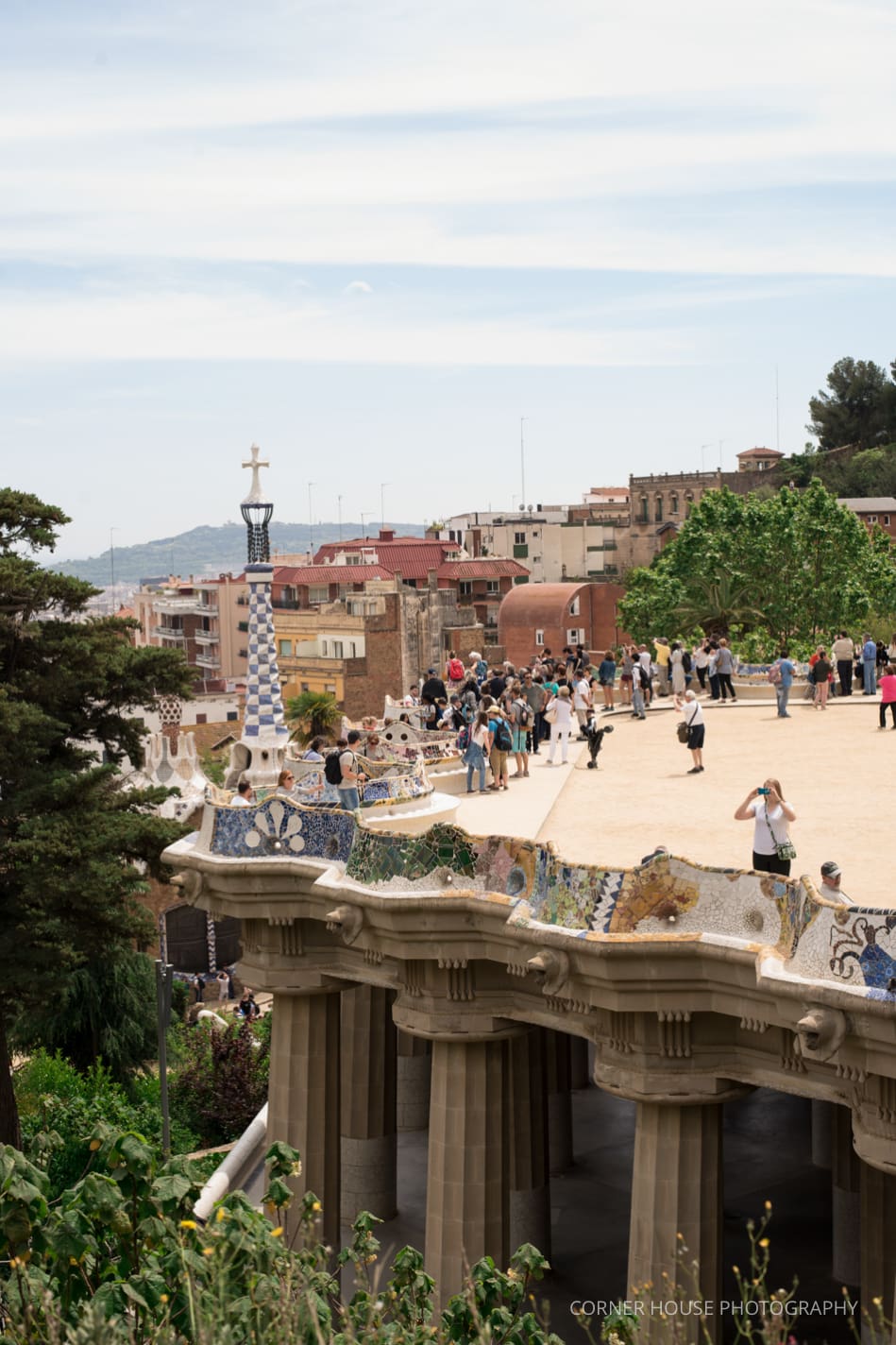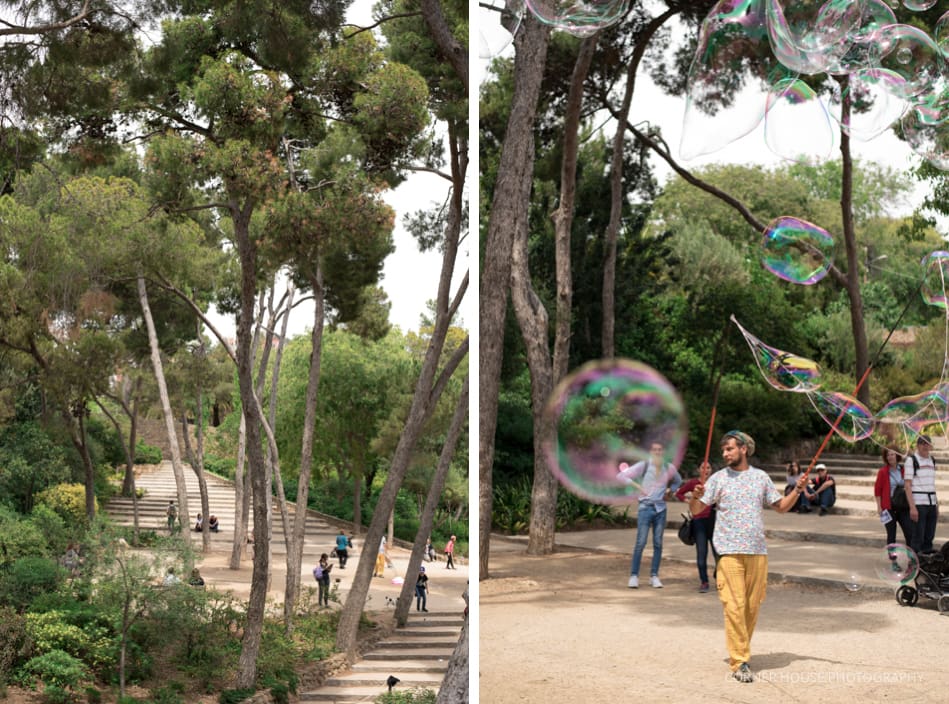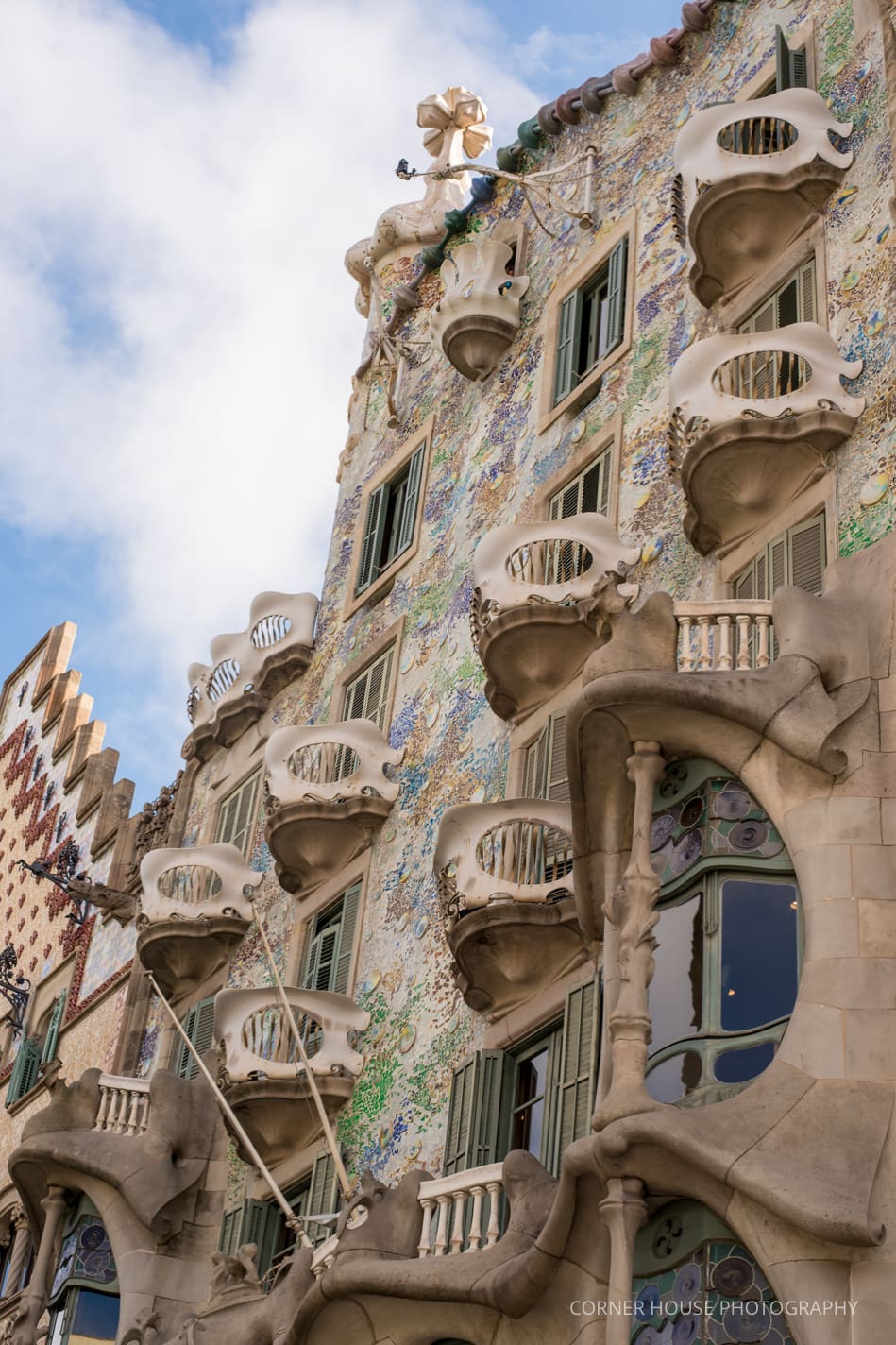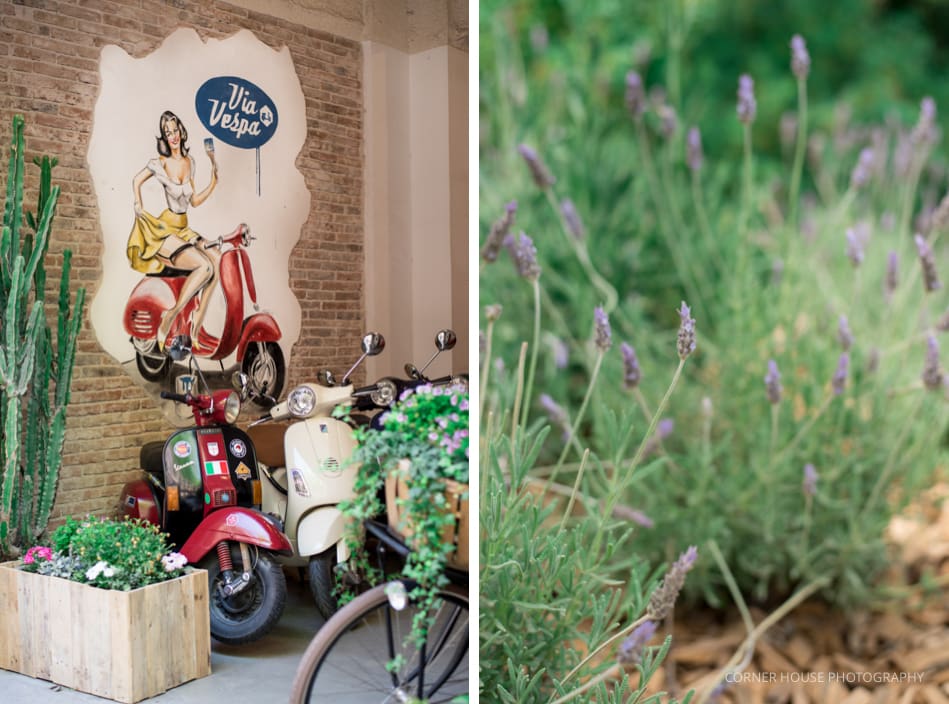Earlier this year, I had the amazing opportunity to travel to Europe visiting Spain, Italy, and London. Over the next few weeks, I look forward to sharing travel tips and pictures of my journey…
Barcelona, Spain – the first stop. After traveling to Israel a few years ago, I realized very quickly that I am not one for a 13+ hour flight. Going forward, I decided that I would minimize travel flight lengths by adding on additional places to visit along the way to the final destination. From Orlando to Barcelona, the flight was roughly ten hours with a short delay in Newark.
Cool weather from the Florida heat greeted you at the airport gate as soon as the doors open. With a tight schedule ahead for a short stay in Barcelona, the day was already set up to be jam packed with touring. Starting off at the Ancient Synagogue of Barcelona in the medieval Jewish quarter of town called El Call, we learned about the history of one of the oldest synagogues and its transformation from synagogue to cleaners and back to synagogue after being restored. Due to persecution of the people being directed as the reasoning behind the Black Plague, the Jewish population fled for safety, leaving behind their home in Barcelona. Unfortunately at the time the community did not realize that their Orthodox practice of washing hands and managing their health and food was what drastically decreased the Jewish people from contracting the plague and were not the cause of it. Later on, a cleaner and cloth dyer took over the synagogue, installing large water tanks built of rocks. Suspected of also being Jewish, the family was run out of town. Fortunately, the plight of the synagogue came to an end when the Call Association of Barcelona was founded in 1997 to support and manage the “Recovery Project” to rebuild what had been lost and repair what remained.
After visiting a piece of religious history, we ventured to Ciutadella Park to see the Arc de Triomf. Built as a main access gate for the 1888 Barcelona World Faire, the arch crosses over the wide central promenade. Graced with “Barcelona rep les nacions,” the gateway welcomed all nations passing through.
Journeying back towards our accommodations, we opted for the longer route to walk along La Rambla. Most definitely a touristy spot, the tree lined mile long stretch of shops and cafes was the perfect place to enjoy a sangria and kick back for a bit while doing a little bit of people watching.
Choosing an Airbnb in the Gothic Quarter was essential for the majority of areas I had wanted to visit. Just a ten minute walk from the apartment, the Picasso Museum, also Picasso’s former home, was our first stop for the second day of our journey. While many only know Picasso as a modern artist, his roots stem for more traditional Renaissance work. An audio tour is a must the museum, as it stops you at pieces you may not realize have a story behind them – don’t forget your own set of headphones, which will be beneficial for many other audio tours I recommend later on.
Breakfast and lunch primarily consisted of traditional caprese sandwiches with mozzarella and a fresh tomato on a baguette. Somewhat bland, it was still the perfect quick bite to grab and go with as we continued to tour the city by foot.
The Catedral Gotic, also known as the Cathedral of the Holy Cross and Saint Eulalia, was one of my top highlights in Barcelona. Constructed between the 13th and 15th centuries, the neo-Gothic exterior was common at the time to churches. Key components of pointed tip roofs and gargoyles are always a must in this type of design. The reason the church was a highlight for me was due to the history of the patron saint Eulalia who was martyred at the age of 13 for her belief in the church and her religion. While a disheartening story, Eulalia spoke up for what she believed in and is honored today with 13 geese that can be found in the central outdoor quarter of the church.
Jumping on the green line for the Hop On Hop Off Barcelona tour, we passed through many prominent landmarks such as the Sagrada Familia before hopping off at Parc Guell. Located on Carmel Hill, the public park was designed by Gaudi himself. Built between 1900 to 1914, the intention of the park was to exploit the fresh air away from the myriad of favorites as a prime location for the rich to build their homes. Unfortunately, the area was flawed due to being so far away from the city and with little to no interest from the public, Gaudi decided to purchase the park with his savings and call it home. Tickets were sold out for the museum area, however the majority of the park is free to tour – book ahead.
With a few other stops through the day, the most notable would be seeing Casa Batllo in person, also known as the House of Bones. Designed by Gaudi, the home had a skeletal quality to the architecture that you cannot help but stop and admire.
Ancient Synagogue of Barcelona
Arc de Triomf in Ciutadella Park
Casa Batllo
Cathedral of the Holy Cross and Saint Eulalia
La Rambla
Parc Guell
Picasso Museum



